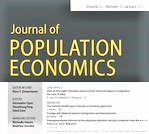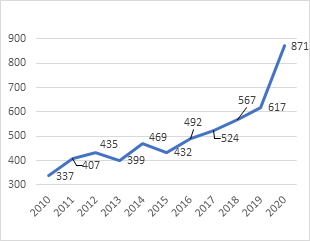A new paper published in the Journal of Population Economics finds by comparing twins and close siblings in Swedish register data that the negative association between human capital and fertility mostly reflects family background factors.
The Global Labor Organization (GLO) is an independent, non-partisan and non-governmental organization that functions as an international network and virtual platform to stimulate global research, debate and collaboration.

How family background shapes the relationship between human capital and fertility
by Francis Kramarz, Olof Rosenqvist & Oskar Nordström Skans
Published ONLINE FIRST 2021: Journal of Population Economics OPEN ACCESS.
Author Abstract: Many previous studies have shown that skilled and educated women have fewer children. By comparing twins and close siblings in Swedish register data, we show that the negative association between human capital and fertility mostly reflects family background factors. For males, human capital measures are unrelated to fertility in the overall population, but this again masks the influence of family background factors as high-skilled males tend to have more children than their less-skilled twins or siblings. Hence, family background factors have a strong negative impact on the overall association between human capital measures and fertility for both women and men. Non-cognitive abilities deviate from these patterns—these abilities remain strongly complementary to fertility both within and across families. Our results can be reconciled with a stylized model where family-specific preferences for fertility are shared across generations and shape investments in skills and traits when children are young.

Journal of Population Economics
Access to the recently published Volume 34, Issue 2, April 2021.
Workshop presentation of key articles with full video.
LEAD ARTICLE OF ISSUE 2, 2021:
Measuring gender attitudes using list experiments
by M. Niaz Asadullah, Elisabetta De Cao, Fathema Zhura Khatoon, and Zahra Siddique
OPEN ACCESS: Free Readlink – Download PDF
Ends;

